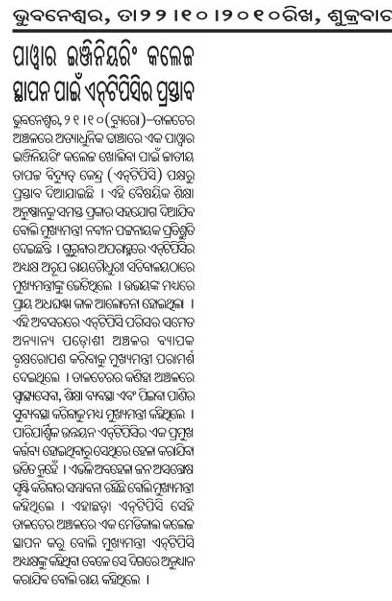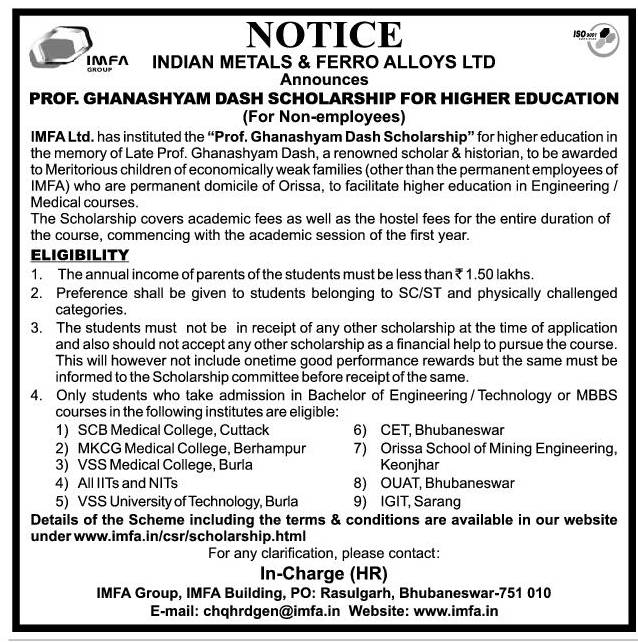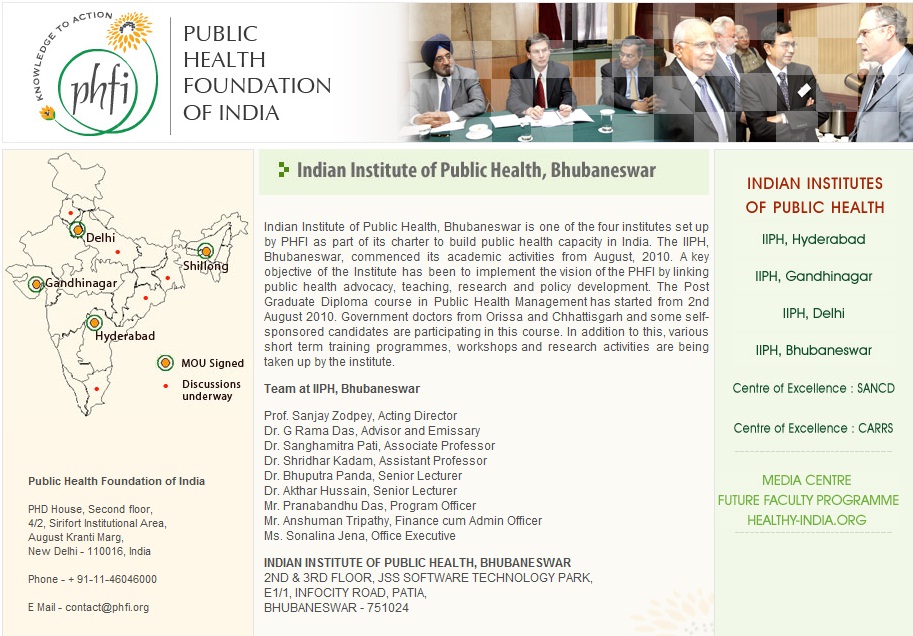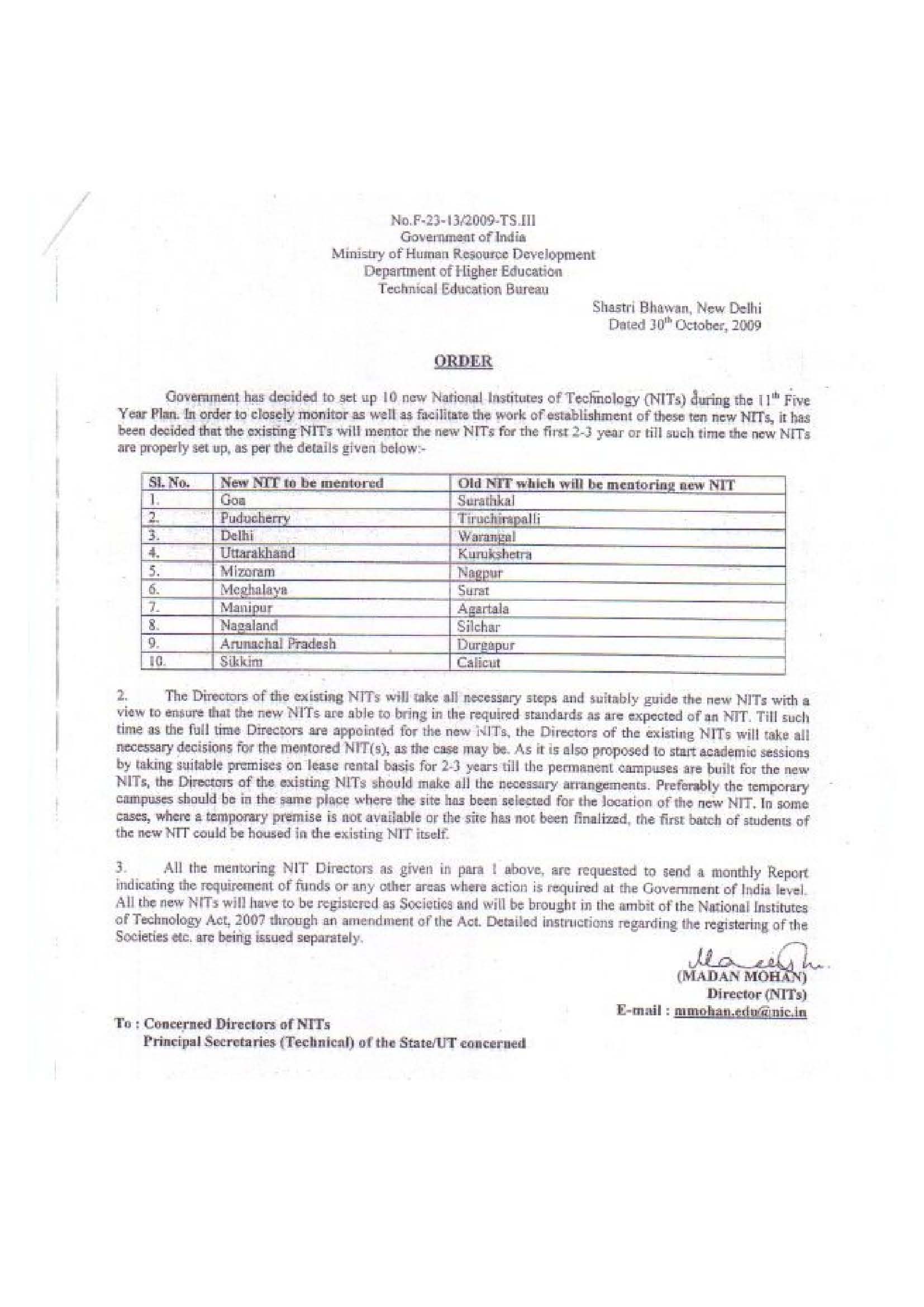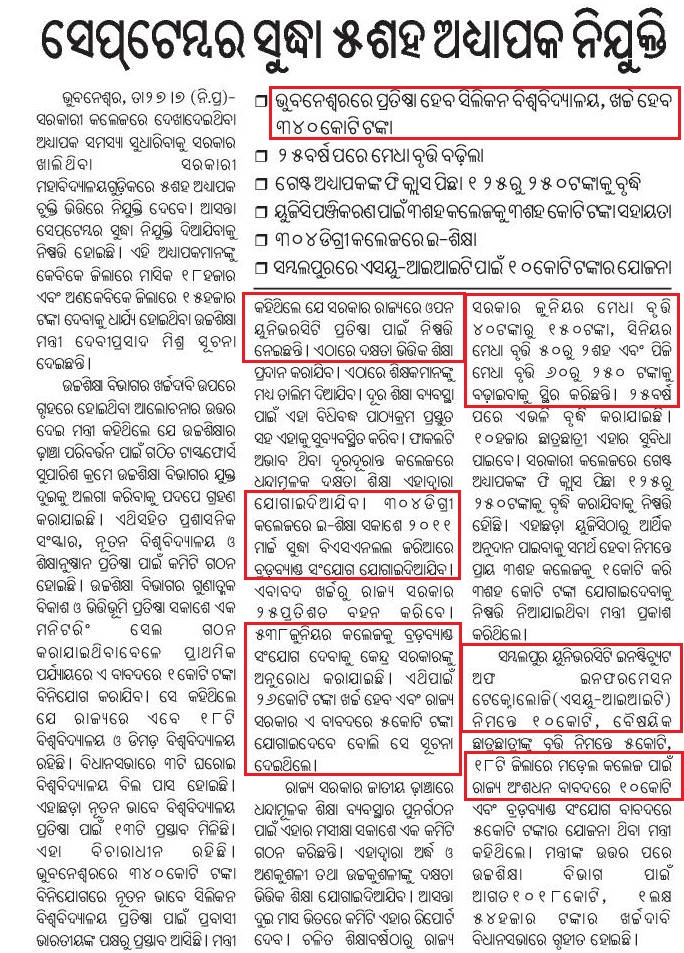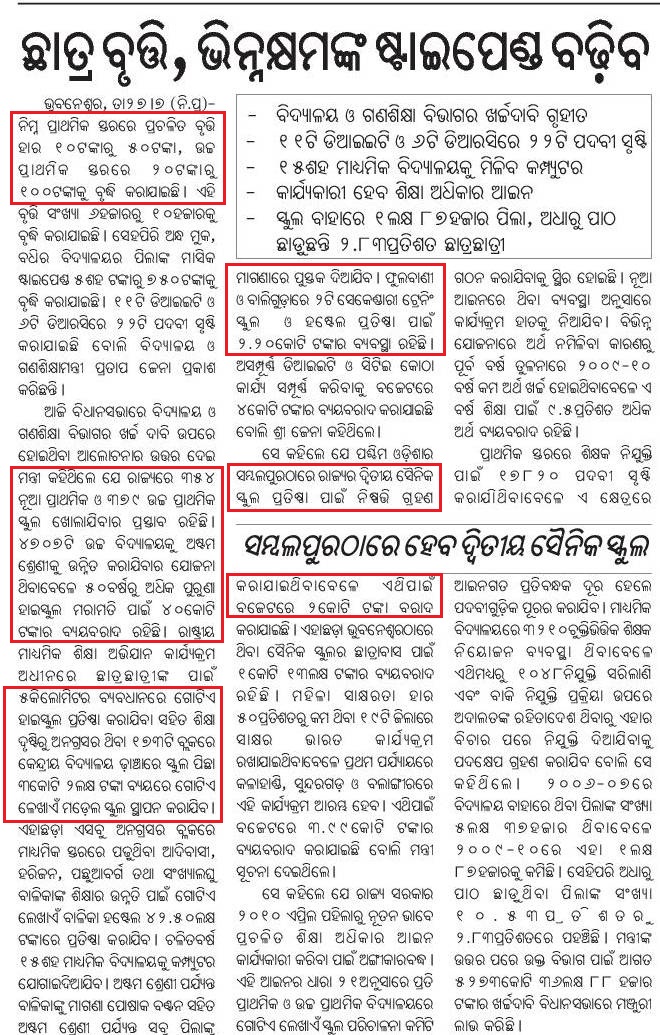One of their flagship program is the Satya Bharti School program. Following is from their home page.
Harpreet is one of the 30,000 students who are now studying in Mittal’s free English-medium schools in Punjab, Rajasthan, Haryana, Uttar Pradesh and Tamil Nadu. This is likely to increase to 50,000 in two years. The plan is to eventually build 500 primary schools and 50 secondary schools which will enroll 100,000 students by 2013.
Not only is this one of the largest such direct interventions by a business house, but Mittal also claims this is one of the largest affirmative action initiatives in the country.
“More than 21,000 of the 30,000 or 70% of the students in these schools are from SC/ST and OBC categories. The ratio is the same among the 1,100 teachers now on the foundation’s rolls,” says Mittal. “We have not gone looking for SC/ST students, but we have gone into catchments that are very poor. And, by this very design, we have got them,” Mr Mittal adds. Moreover, 47% of the students are girls.
… Most of them have been set up as an alternative to poorly-run government schools. There is a world of difference between the two. Kirthi Sharma, a head teacher of one of the foundation’s schools near Ludhiana, points out that simple things like clean drinking water, working infrastructure, clean toilets were some of the things that the 191 students in the school cherished. A replacement teacher is also sent from a nearby school or from the foundation if a teacher goes on leave, ensuring that all classes are always staffed.
Each of these schools is built according to a blueprint drawn up by Delhi-based architect Navneeth Malhotra. The Foundation invited several architects to make a pitch for the project and were given a Rs 20 lakh cost cap for a school building. Finally, Sunil and brother Rakesh Mittal handpicked Malhotra.
Each school is located in half an acre of land and has five classrooms (for standard 1-5) and a staff room. Other facilities include toilets, a vegetable garden and a playground. Every school also has an internet connection. “We send weekly updates on attendance, books, and uniforms to Delhi on email. We also download teaching manuals, instructions and sometimes even additions to the menu amongst other things,” says Anamika Kappor, head teacher in a school in Ludhiana district Punjab. The schools run on two shifts and have between 5-7 teachers whose salaries start at about Rs 4,500. The head teacher is paid about Rs 7,000. On an average, the foundation spends about Rs 12 lakh per annum to run each school.
The Bharti group’s managerial skills are quite evident in the way these schools are run. Like every group company, the Bharti Foundation has a CEO in Vijay Chadda. He quit the army in 1992, held a string of high-profile corporate jobs, including that of CEO of Carlson Wagonlit Travel and Kuoni Travel, before he took a pay cut to join the foundation in 2008.
… He has a team of 1600 employees; 1100 are teachers, while the rest are involved in logistics, training, curriculum design, and other support roles. Three state-heads oversee the functioning of about 90 schools each, and report to the headquarters in Delhi.
The centralised training wing and a team of 10 trainers prepare the curriculum and coach the teachers. Training is a 365-days-a-year operation. “There are subject specific modules happening all the time — for instance, the maths or science teachers of all schools in that district will be called to a centralised location and taught new tools and skill sets,” explains Mr Chadda.
… Though it has 236 primary schools, the Bharti Foundation is planning to set up only 25 secondary schools, that too over the next 3 years. Mittal’s plan is to have each of these 25 secondary schools absorb all the students passing out from 10 primary schools in the vicinity. He chose this hub-and-spoke model for various reasons.
Foundation executives say it is impossible to upgrade all primary schools to secondary schools. “The latter would require labs for subjects like Physics and Chemistry and teachers for such specialised areas,” Mr Chadda said. Funding the infrastructure and finding the teachers for 236 such secondary schools would be a challenge. That’s why it settled for one secondary school as a hub for students coming out of 10 primary schools.
… The Rajasthan government is undertaking joint surveys with the foundation to convert many of the existing schools to senior secondary schools. The World Bank has also shown interest, Mr Chadda added. There are other problems too like 20% attrition amongst teachers. The foundation pays only a third of the salaries when compared to a government school. “Many teachers use this as a platform to get experience before moving on,” he says. “We pay higher than other private schools in the locality, but being a charitable organisation, we cannot match government salaries,” he adds. He believes attrition will come down once the secondary schools become operational. “Primary school teachers can be promoted — this will be an incentive,” he said.
… That was when Mr Mittal decided to do it himself. He started the Bharti Foundation in 2000 with a corpus of Rs 200 crore. The dream for 500 schools that would educate 100,000 poor children was taking shape in his mind.
… Soon, the Rajasthan government offered 49 schools in the Neemrana and Ajmer blocks for adoption. It moved existing teachers to other schools and gave the foundation a clean slate. The foundation then invested Rs 5 lakh to renovate each school and hired new teachers. It was a brave move considering the political ramifications of handing over state-owned and run schools to corporates. But, like his businesses, Mittal wanted to scale up fast here too.
